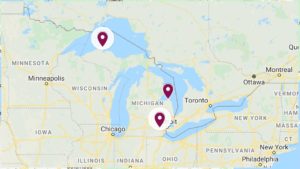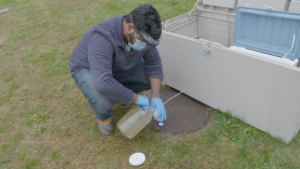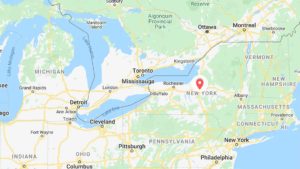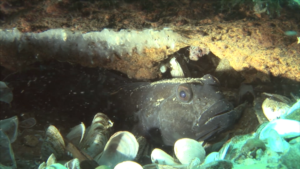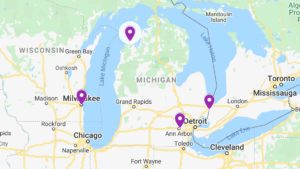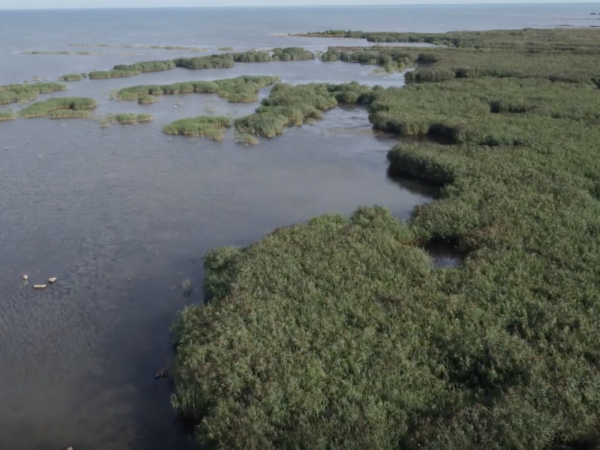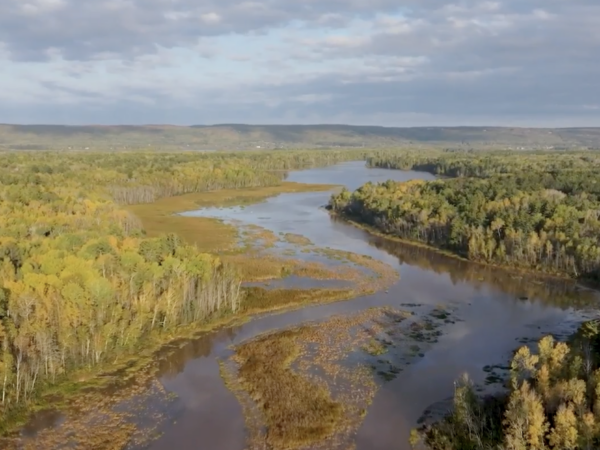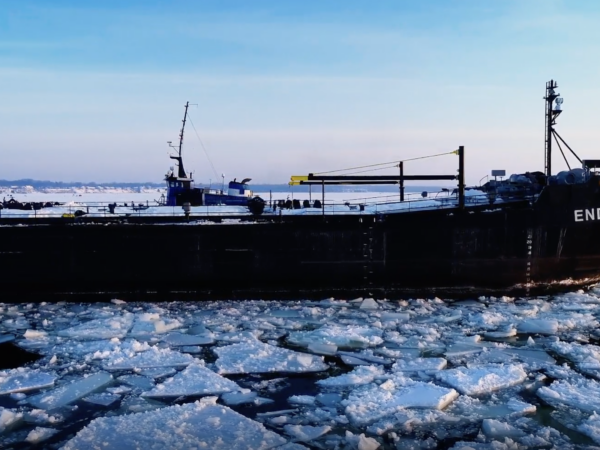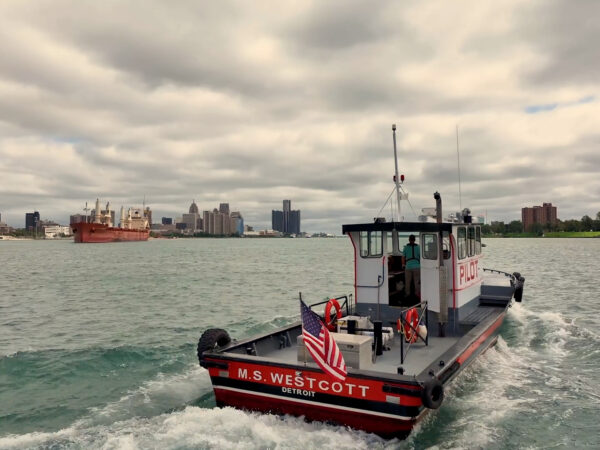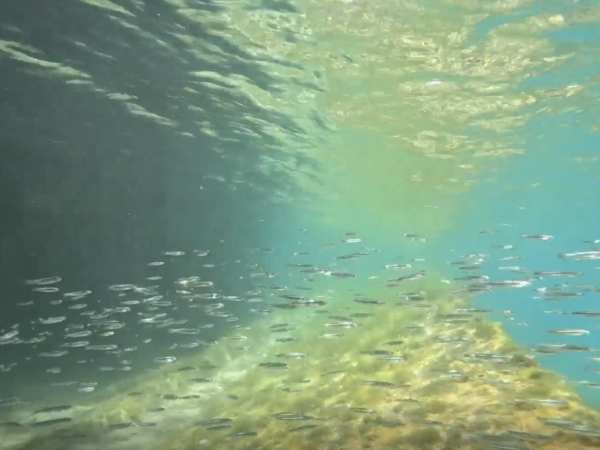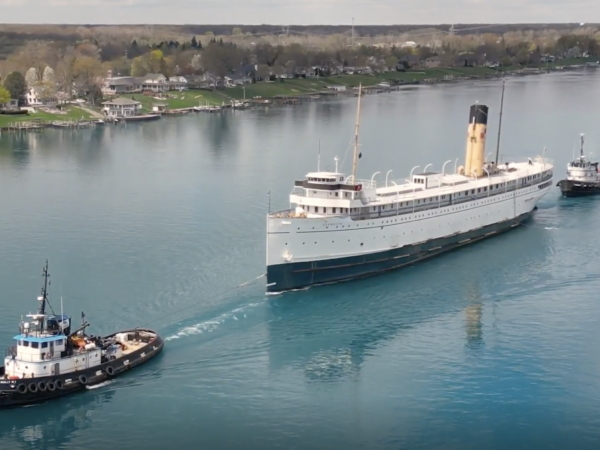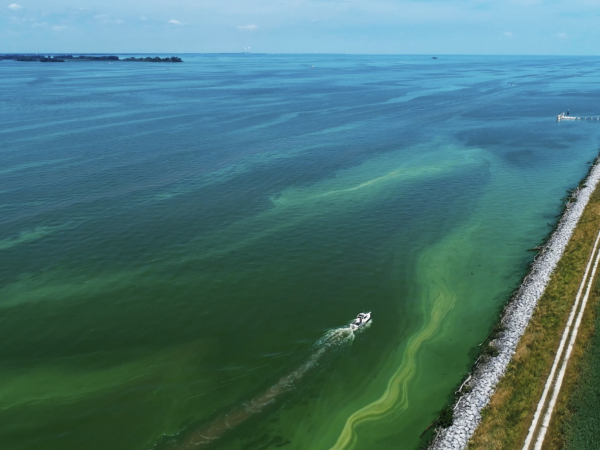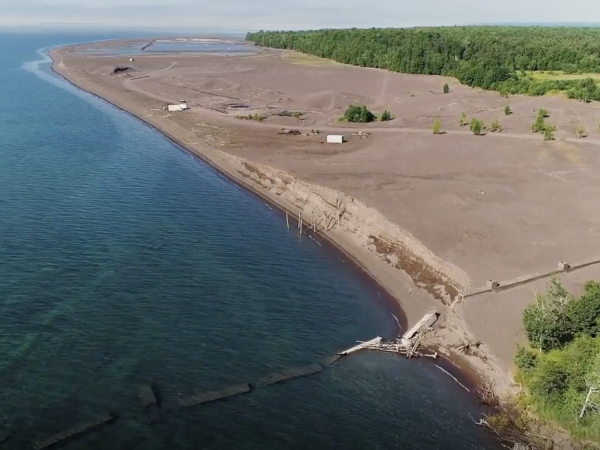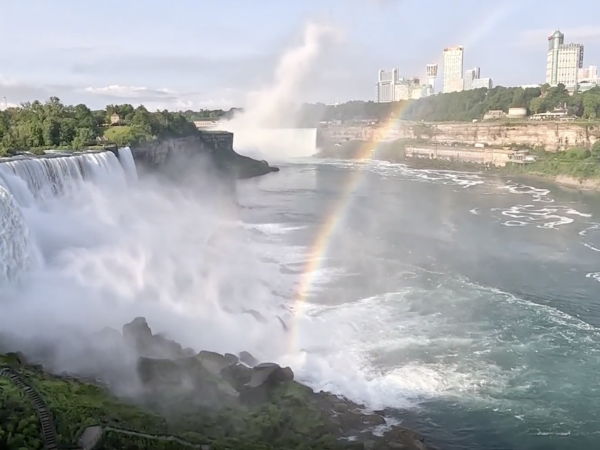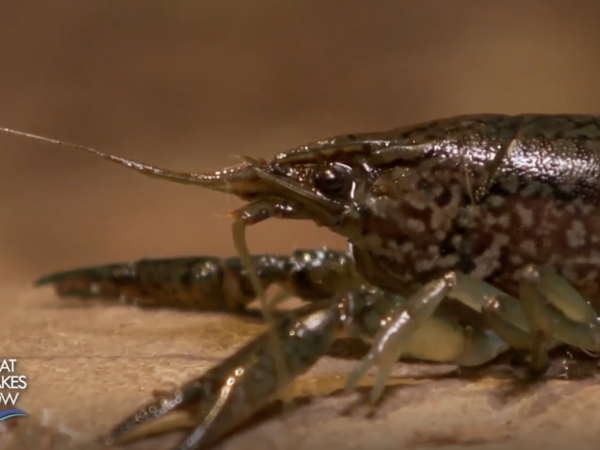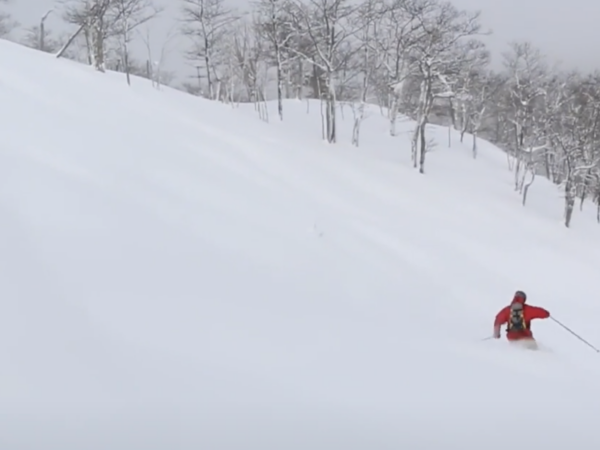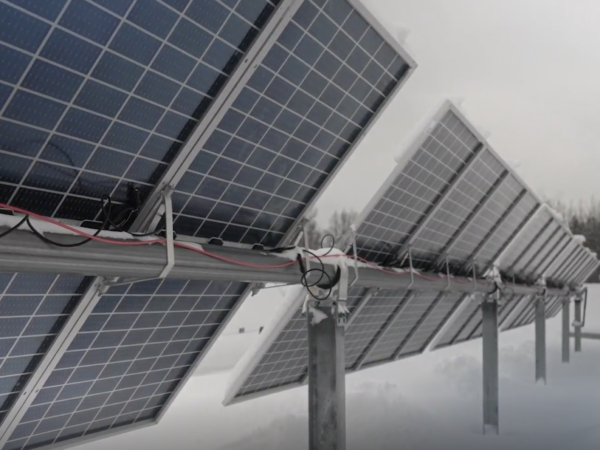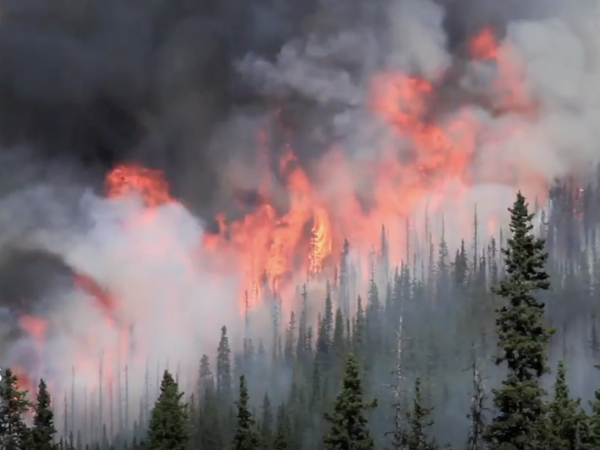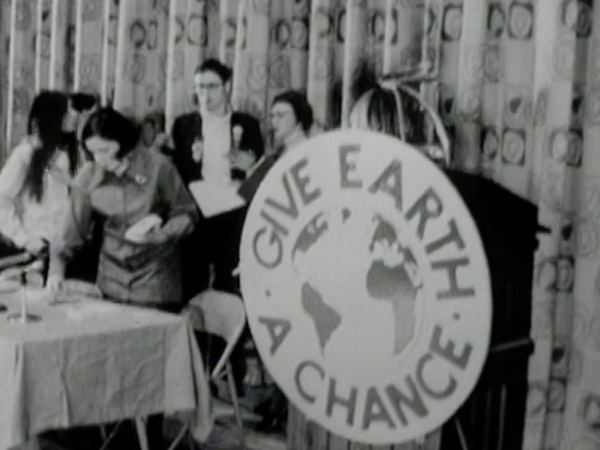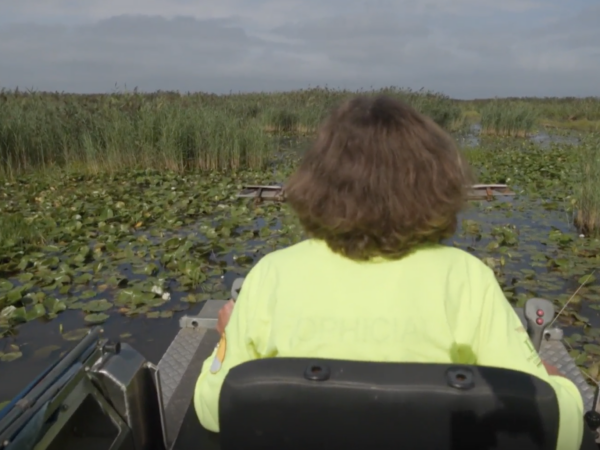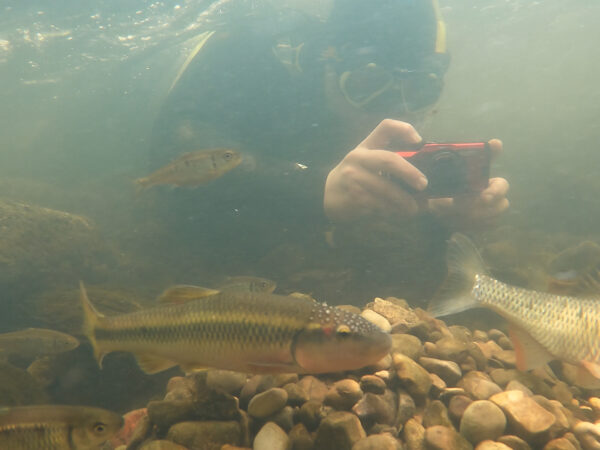WHERE WE TAKE YOU IN NOVEMBER
Have a question about the Great Lakes or life in the region?
Ask Great Lakes Now, and if we can answer it, we might loop it into our coverage so others can learn too.
Submit Your Question
When to Watch?
Check your local station for when Great Lakes Now is on in your area.
Great Lakes Now
Premiered on DPTV
Tuesday, November 24, at 7:30 PM
STATIONS CARRYING THE SERIES
DPTV
Detroit, Michigan
WEAO
Akron, Ohio
WNEO-TV
Alliance, Ohio
WCML-TV
Alpena, Michigan
WDCP-TV
Bad Axe, Michigan
BCTV
Bay County, Michigan
WBGU-TV
Bowling Green, Ohio
WNED-TV
Buffalo, New York
WCMV-TV
Cadillac, Michigan
WTTW-TV
Chicago, Illinois
WVIZ-TV
Cleveland, Ohio
WKAR-TV
East Lansing, Michigan
WQLN-TV
Erie, Pennsylvania
WCMZ-TV
Flint, Michigan
WGVU-TV
Grand Rapids, Michigan
WPNE-TV
Green Bay, Wisconsin
WGVK-TV
Kalamazoo, Michigan
WHLA-TV
La Crosse, Wisconsin
WHA-TV
Madison, Wisconsin
WNMU-TV
Marquette, Michigan
WHWC-TV
Menomonie-Eau Claire, Wisconsin
WMVS-TV
Milwaukee, Wisconsin
WCMU-TV
Mt. Pleasant, Michigan
WLEF-TV
Park Falls, Wisconsin
WNIT-TV
South Bend, Indiana
WCNY-TV
Syracuse, New York
WGTE-TV
Toledo, Ohio
WDCQ-TV
University Center, Michigan
WNPI-TV
Watertown, New York for Ontario signal
WPBS-TV
Watertown, New York for U.S. signal
WHRM-TV
Wausau, Wisconsin
Shoring Up
SEGMENT 1 | Port Austin, Michigan
Residents in communities along the Great Lakes have been battling water-level changes for generations. In 2019, new highs were recorded all along the Great Lakes, and water levels have remained at record levels throughout 2020.
As these high waters threaten homes built along the lakes, many residents are armoring their properties with seawalls made of steel or stone. But seawalls prevent wave energy from depositing sand along the shore the way it would with a natural beach — so these structures can actually make erosion worse.
Coastal communities along the Great Lakes are grappling with how to support local landowners wanting to protect their properties and, at the same time, sustain the beaches that are vital to tourism.
“The big debate right now is where do we draw that line?” said Dick Norton, professor of urban and regional planning at University of Michigan. “Do we decide we need to protect this natural shoreline for the public trust resource that it is even if that comes at the expense of property owners having to move back their homes or take them away?”
Port Austin Township, at the tip of Michigan’s thumb, is one of only a handful of coastal communities along the Great Lakes that is in the process of revising its master plans to deal with issues of erosion. The township is considering adopting new ordinances that would impact armoring along the shore and require homes to be built a certain distance from the water.
Visit this community in this Great Lakes Now segment that was produced in partnership with Bridge Michigan.
Read the accompanying Bridge Michigan story here: As Great Lakes pummel Michigan, beach towns rush to set development rules
Here are some other Great Lakes Now stories about 2020’s water levels:
- WATCH: High Cost of High Water
- WATCH: Vanishing Shorelines
- WATCH: Lake Levels
- Record rainfall prompts reversal of Chicago River into lake to ease flooding
- Review Underway: Will IJC’s efforts be enough for flooded shoreline municipalities?
- Before and After: High water levels at Michigan lighthouse
- Millions needed to fix Michigan roads damaged by high water
- High water wreaks havoc on Great Lakes, swamping communities
- Got High Water or Soil Erosion? Here’s some help for homeowners and residents
- Water and Wonder: Great Lakes Now producer talks the lakes and his work covering them
Sewage Surveillance
SEGMENT 2 | Syracuse, New York
As students returned to campuses across the country this fall, colleges and universities struggled to reduce the potential for outbreaks of COVID-19.
Like dozens of other schools across the country, Syracuse University in New York, used a wastewater testing program to help early identification of infections.
The university tests the wastewater from 19 residence halls that house more than 6,000 students to determine if it contains traces of the COVID-19 virus. Samples are automatically collected throughout the day and combined to form a single composite sample that is analyzed in a lab to determine if the virus is present.
The virus can show up in sewage up to 10 days before an infected student begins to show symptoms, so the university is hoping they can identify the location of the virus, test students in that dormitory, identify anyone who is infected and isolate them before they spread the virus to others.
For more, READ Sewage Check: Great Lakes researchers look to wastewater for data on COVID-19
Here are some other Great Lakes Now stories involving COVID-19’s impact on the region:
- WATCH: Lakes on Lockdown – Full Episode Playlist
- WATCH: Get Out There – How Canadian and U.S. national parks are dealing with the uptick in visitors this year.
- WATCH: Unlocking the Lakes – Full Episode Playlist
- WATCH: In Isolation … At Aquariums
- Summertime Spike: Great Lakes parks a source of balm and vexation for many during COVID-19
- Another Casualty of COVID: Testing for lead poisoning in Michigan
- House Democrats ask CDC to halt water shutoffs during the pandemic
- EMU to test campus wastewater for COVID-19
- Thousands allowed to bypass environmental rules in pandemic
- Intersecting Crises: Fighting for climate justice in a pandemic
Featured Articles
Digital Credits
The Great Lakes Now Series is produced by Rob Green and Sandra Svoboda.



